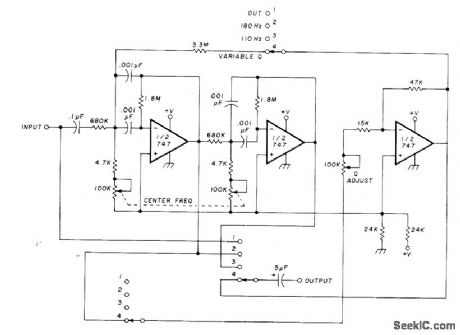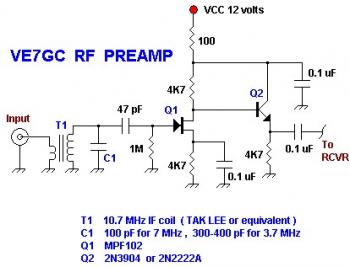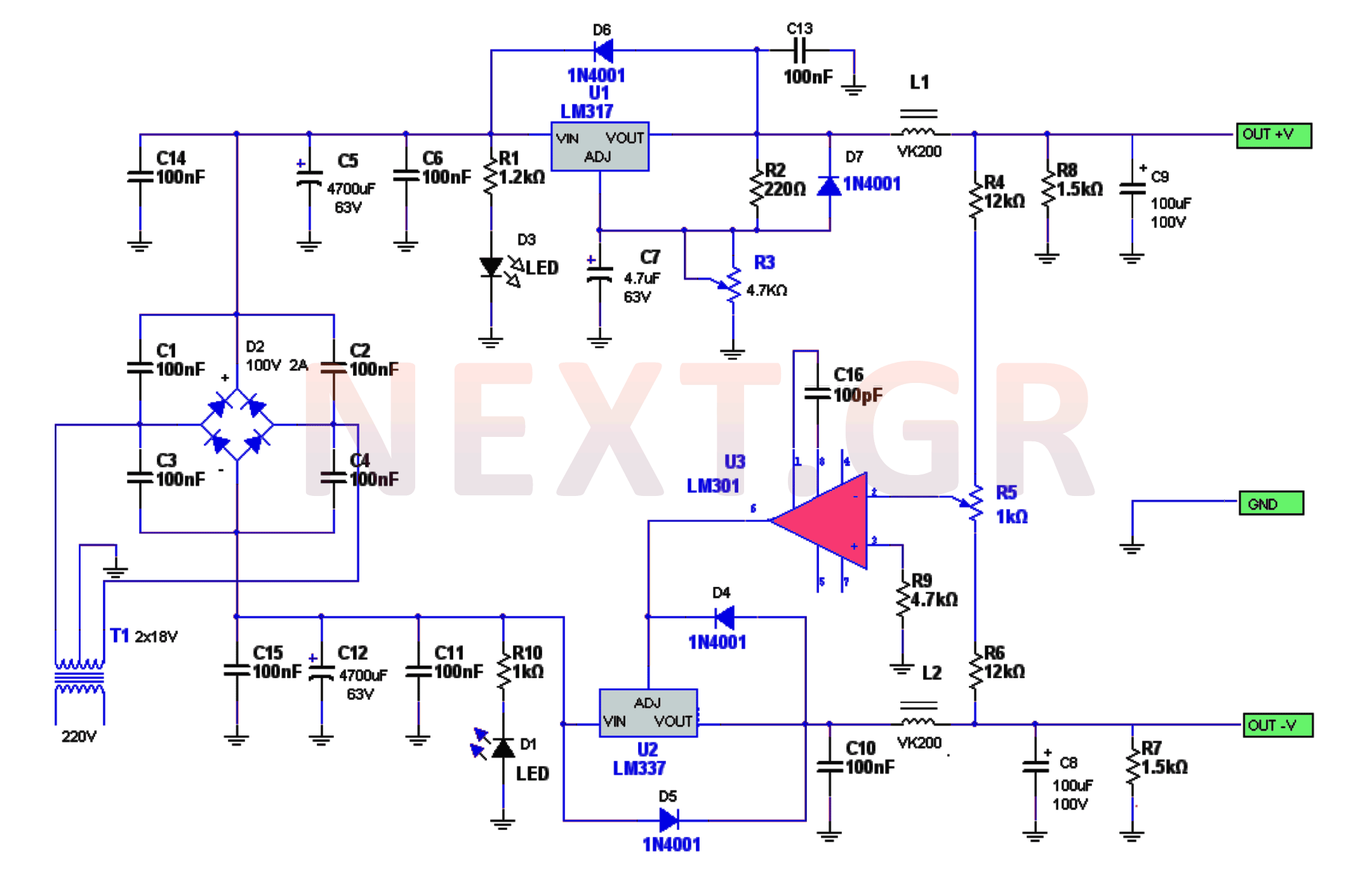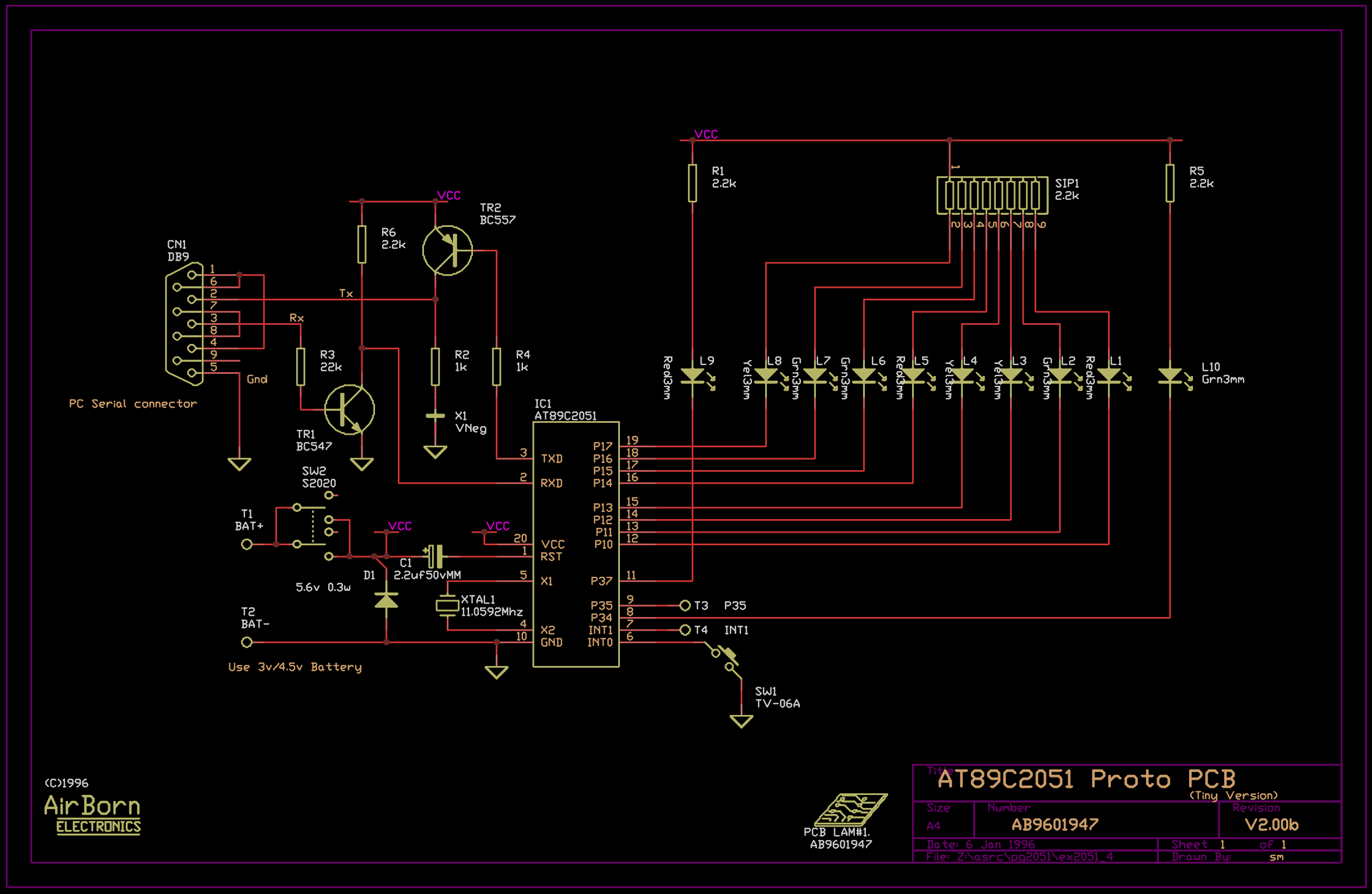
Touch Switch Using Cd4066B Circuit
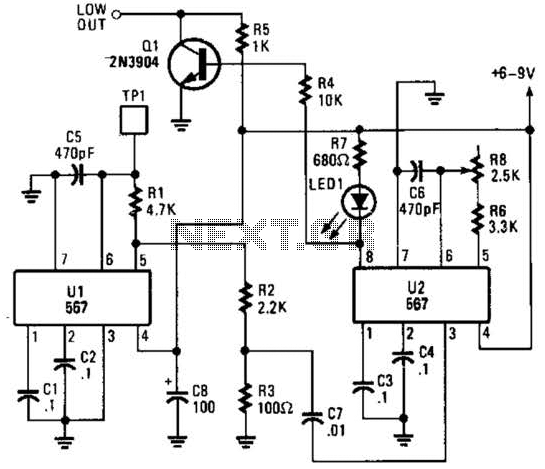
When the touch switch SI is activated, resistor R4 is driven high, causing the control voltage to rise, which latches the switch. Conversely, when switch S2 is activated, resistor R4 goes low, resulting in a decrease in the control voltage, which deactivates the switch.
The described circuit employs a touch-sensitive switch SI that triggers a relay or electronic switch mechanism. Upon activation of SI, the resistor R4 is subjected to a high voltage, which indicates that a sufficient current is flowing through R4. This increase in voltage at the control input enables the latching mechanism to engage, maintaining the switch in an 'on' state even after the initial touch is released.
The inclusion of switch S2 serves as a reset or deactivation feature. When S2 is activated, it pulls the voltage at R4 low, effectively reducing the control voltage to a level where the latching mechanism is disengaged. This action breaks the circuit, returning the switch to its 'off' state.
The circuit's design is beneficial for applications requiring a momentary activation with a persistent output, such as in lighting control systems or automated devices. The use of resistors in conjunction with switches allows for simple yet effective control logic, ensuring that user interaction is intuitive and responsive. Proper selection of resistor values and switch types is critical to achieve the desired sensitivity and operational reliability in the circuit. When touch switch SI is activated, R4 is driven high, and the control voltage goes high, which latches the switch. When S2 is activated, R4 goes low and the control voltage goes low, which deactivates the switch.
The described circuit employs a touch-sensitive switch SI that triggers a relay or electronic switch mechanism. Upon activation of SI, the resistor R4 is subjected to a high voltage, which indicates that a sufficient current is flowing through R4. This increase in voltage at the control input enables the latching mechanism to engage, maintaining the switch in an 'on' state even after the initial touch is released.
The inclusion of switch S2 serves as a reset or deactivation feature. When S2 is activated, it pulls the voltage at R4 low, effectively reducing the control voltage to a level where the latching mechanism is disengaged. This action breaks the circuit, returning the switch to its 'off' state.
The circuit's design is beneficial for applications requiring a momentary activation with a persistent output, such as in lighting control systems or automated devices. The use of resistors in conjunction with switches allows for simple yet effective control logic, ensuring that user interaction is intuitive and responsive. Proper selection of resistor values and switch types is critical to achieve the desired sensitivity and operational reliability in the circuit. When touch switch SI is activated, R4 is driven high, and the control voltage goes high, which latches the switch. When S2 is activated, R4 goes low and the control voltage goes low, which deactivates the switch.
